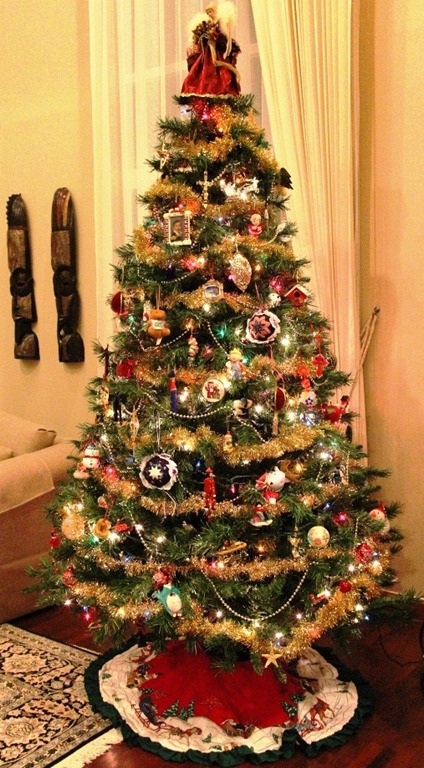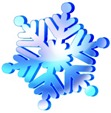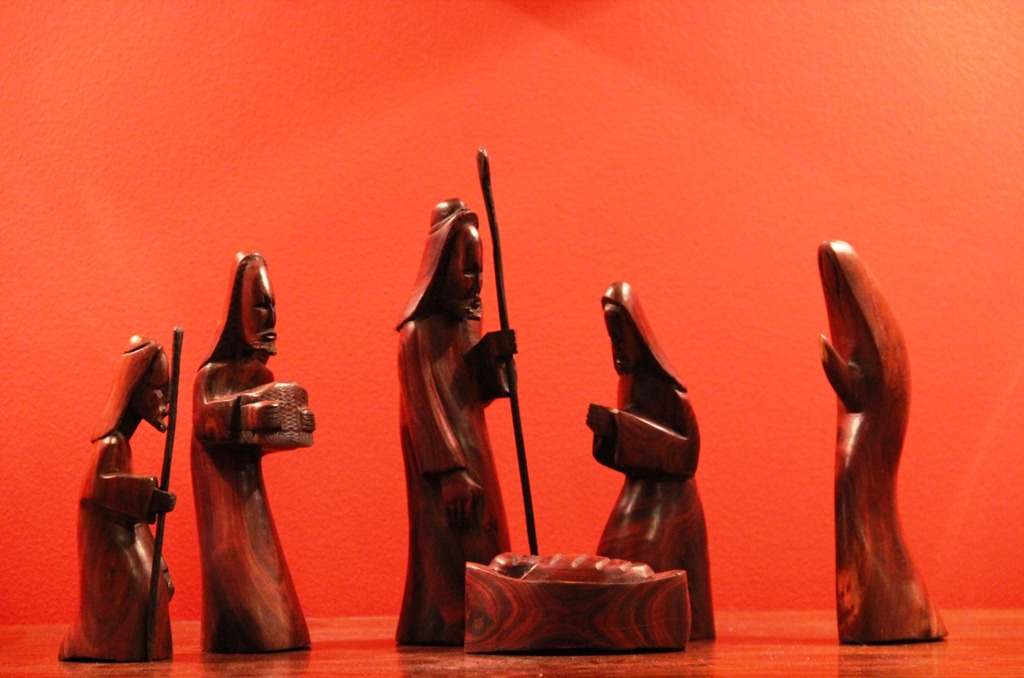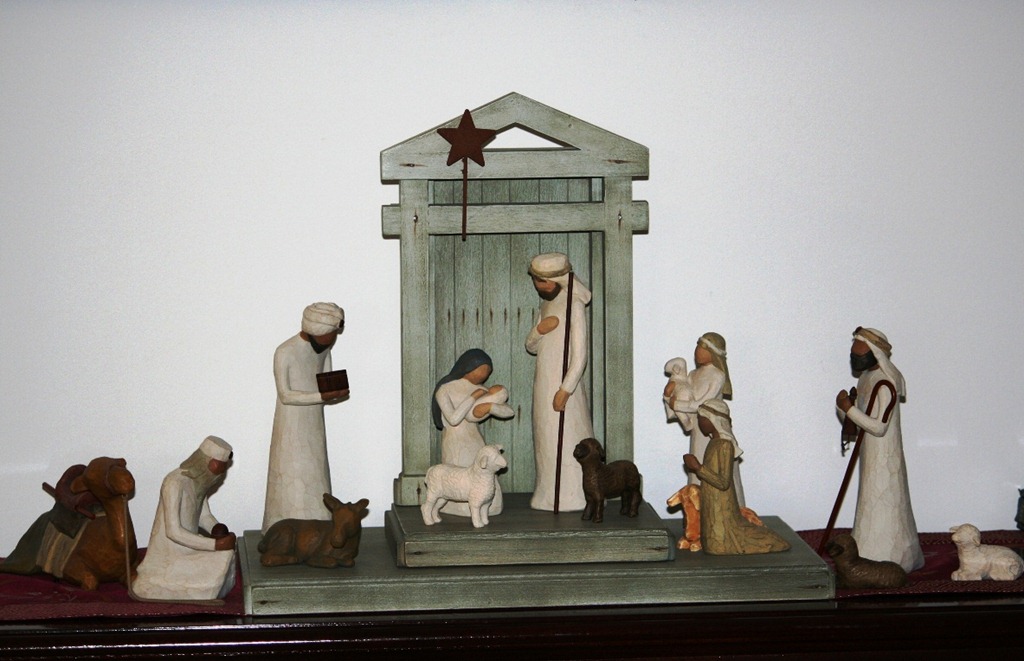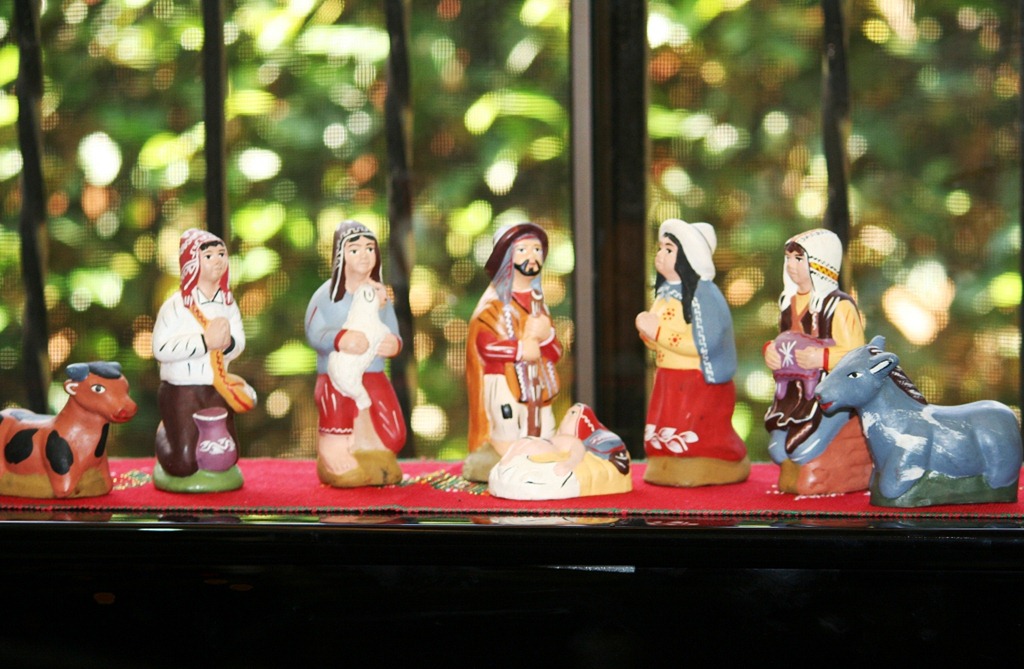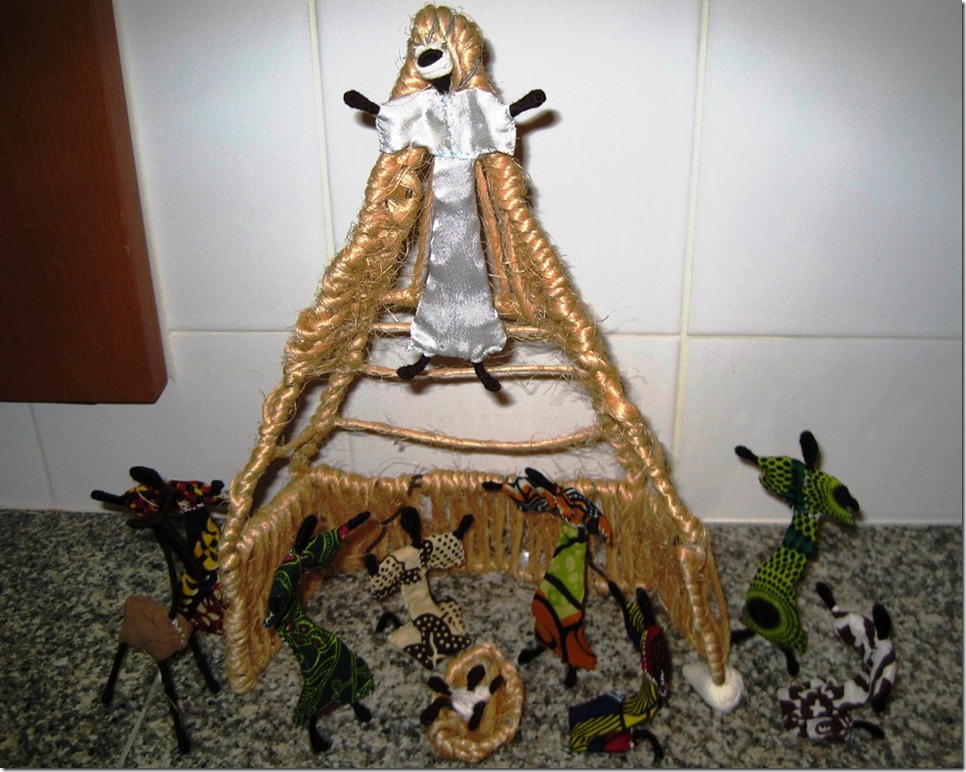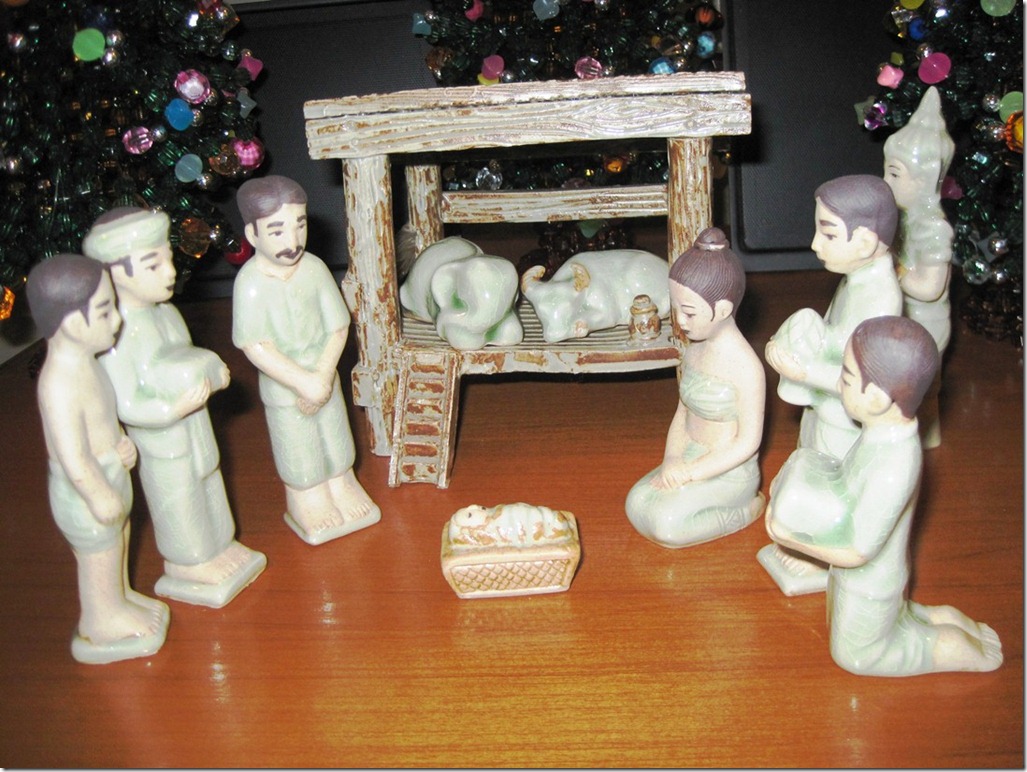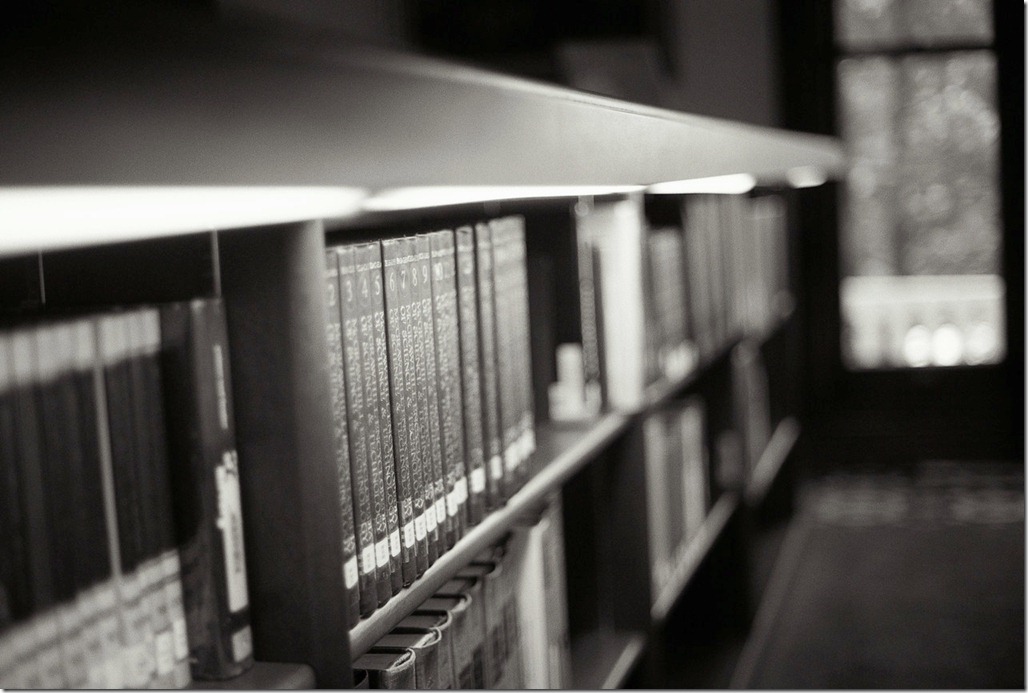The Christmas Tree
The Christmas tree has become the centerpiece of most modern Christmas celebrations. Whether its origins are Christian is unclear. Legend has it that Protestant reformer Martin Luther began the tradition of adorning trees with candles around 1500 A.D. after being awestruck by moonlight reflecting on a stand of evergreens. He brought a small fir tree home and decorated it with candles lit in honor of Jesus Christ’s birth.
Some claim that the Christmas tree has secular origins that range from the early Egyptian worship of evergreens to the Romans’ Saturnalia festival or Druidic rituals practiced during the winter solstice.
Whatever its origins, the modern Christmas tree represents something different to people who celebrate the holiday now than it did to their ancestors. The evergreen is a changeling in the sense that it can take any shape or form. It can be any color, tall or short, big or small, real or artificial, filled with lights, candles, garland and tinsel or none of them, topped by a star or angel, glittering or austere, and filled with identical ornaments or a hodgepodge of collectibles. The tree looks like whatever the person who puts it up wants it to be.
The only aspect that hasn’t changed through the centuries is that the tree should be a coniferous pine. Perhaps its evergreen nature symbolizes that it will always have a special place in people’s hearts, no matter what form it takes.
May your holidays ever be filled with the Christmas spirit.
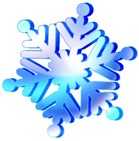 M.G. Edwards is a writer of books and stories in the mystery, thriller and science fiction-fantasy genres. He also writes travel adventures. He is author of Kilimanjaro: One Man’s Quest to Go Over the Hill, a non-fiction account of his attempt to summit Mount Kilimanjaro, Africa’s highest mountain and a collection of short stories called Real Dreams: Thirty Years of Short Stories. His books are available as an e-book and in print on Amazon.com and other booksellers. He lives in Bangkok, Thailand with his wife Jing and son Alex.
M.G. Edwards is a writer of books and stories in the mystery, thriller and science fiction-fantasy genres. He also writes travel adventures. He is author of Kilimanjaro: One Man’s Quest to Go Over the Hill, a non-fiction account of his attempt to summit Mount Kilimanjaro, Africa’s highest mountain and a collection of short stories called Real Dreams: Thirty Years of Short Stories. His books are available as an e-book and in print on Amazon.com and other booksellers. He lives in Bangkok, Thailand with his wife Jing and son Alex.
For more books or stories by M.G. Edwards, visit his web site at www.mgedwards.com or his blog, World Adventurers. Contact him at me@mgedwards.com, on Facebook, on Google+, or @m_g_edwards on Twitter.
© 2012 Brilliance Press. All rights reserved. No part of this work may be reproduced or transmitted without the written consent of the author.

